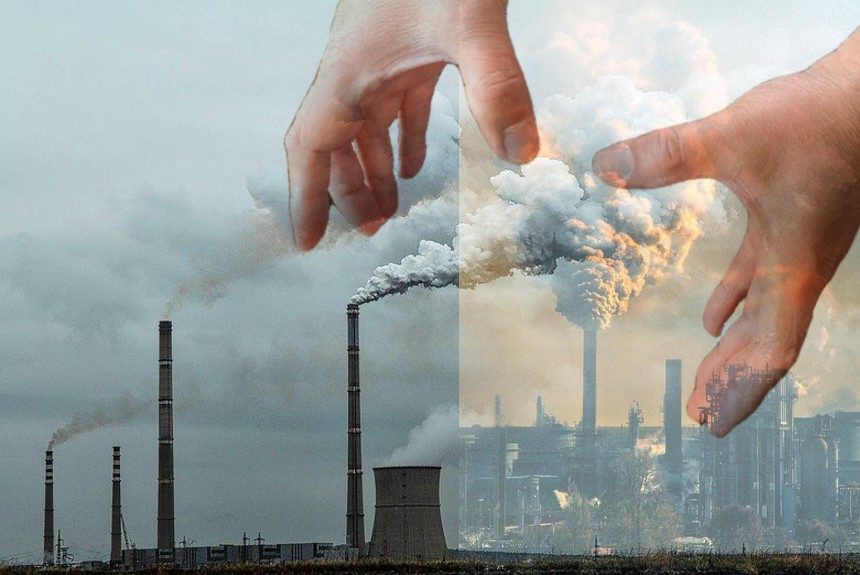The demand for carbon offsets is growing worldwide as companies try to achieve a net-zero status for their businesses. Reducing their emissions is usually not enough to achieve a net-zero level.
They have to pay offset companies to do it for them. Most of the time, these offset companies are conducting their offsets overseas.
Microsoft, for example, has purchased offsets from 15 vendors worldwide. According to the Economist, these voluntary offset markets are growing from about $282 million annually to about $50 billion by 2030 (Scriven, 2021).
However, offset companies face controversies of corruption and ineffectiveness. A task force co-founded by Mark Carney from the Bank of England was organised to improve carbon-credit performance, making the process more transparent, improving its oversight, and having more apparent prices for carbon credit exchanges.
There is also an ongoing debate on which offset type should be used. There are two types of carbon offset – carbon reduction and carbon removal. The former involves reducing GHG emissions to reach the atmosphere by, for instance, financing a wind farm to replace a coal-fired power plant.
The latter, carbon removal, is sucking carbon dioxide directly from the atmosphere using carbon capture technology.
Carbon capture technology has been around for decades and is used to strip carbon emissions directly from factory emissions.
ExxonMobil and researchers at the University of California have developed a new carbon capture technique called metal-organic framework (MOF) that can more efficiently capture carbon dioxide from natural gas power plants’ flue emissions.
“The new technique uses a highly porous material called a metal-organic framework, or MOF, modified with nitrogen-containing amine molecules to capture the CO2 and low-temperature steam to flush out the CO2 for other uses or to sequester it underground. In experiments, the technique showed a six times greater capacity for removing CO2 from flue gas than current amine-based technology, and it was highly selective, capturing more than 90% of the CO2 emitted. The process uses low-temperature steam to regenerate the MOF for repeated use, meaning less energy is required for carbon capture” (Sanders, 2020).
Researchers also believe this new technique can capture carbon dioxide from coal and natural gas plants, and the technology can be scaled.
Click the link to learn more about MOF technology for carbon capture: New technique to capture CO2 could reduce power plant greenhouse gases.
Elon Musk, the world’s wealthiest man and a vocal climate advocate, is the manufacturer of the electric vehicle Tesla and is giving a US$100 million prize to a group or team that can develop carbon capture technology.
Musk said in a statement, “This is not a theoretical competition; we want teams that will build real systems that can make a measurable impact and scale to a gigaton level. Whatever it takes. Time is of the essence.”
According to XPRIZE, a non-profit that will run the contest around the world, the technology should remove 10 gigatons of carbon dioxide every year from the atmosphere or ocean and store it in an “environmentally benign” way. The contest will officially open on 22 April, the same day as Earth Day (Manskar, 2021).
A popular reaction to Musk’s 100-million announcement is, why not use the money to plant trees instead?
An international initiative, 1t.org, which aims to plant and restore 1 trillion trees by 2030 to prevent climate change, admitted that planting trees alone will not solve the problem. On its website, it stated that “To address climate change, we must first rapidly and significantly decarbonise across all sectors of industry and economic activity” (Clifford, 2021).
Tom Crowther, a professor of Global Ecosystem Ecology at ETC Zurich and the chief scientific advisor to the UN’s Trillion Tree Campaign, says that “addressing climate change will require investment in technologies that help to limit future emissions, such as electric vehicles, and the drawdown of carbon from the atmosphere. Nature-based solutions can help with both, but we need thousands of combined solutions.” He adds, “There is huge potential for direct carbon capture technology as part of a diverse climate plan” (Clifford, 2021).
An article from CNBC explains why carbon capture hasn’t taken off since it began decades ago. Here are some snippets from the article.
According to the article, there are 21 large-scale carbon capture, utilisation, and storage (CCUS) commercial projects worldwide where CO2 is removed from factory emissions. The first one started in 1972, according to the International Energy Agency.
It was not until 1980 that carbon capture technology was studied for climate mitigation. But even then, carbon capture is done directly from factory emissions and does not capture carbon from the air, which is a costly activity because carbon dioxide accounts for 0.04% of the atmosphere, according to Howard Herzog, a senior research engineer at MIT and author of the book Carbon Capture.
According to the IEA, there are 15 direct carbon capture technology plants in Europe, the US, and Canada.
Klaus Lackner, director of the Center for Negative Carbon Emissions and professor at Arizona State University, sees that CO2 is a waste problem. For centuries, factories and businesses have dumped this waste into the atmosphere. Herzog thinks this is because it is cheaper to do so, and it was not until the world realised that this was not acceptable that the consequences of climate change began showing up.
For carbon capture technology to work, there should be economic costs of releasing carbon dioxide pollution in the atmosphere and a price for capturing and storing carbon.
Read the entire article by clicking the link below:
Sources:
Sanders, R. (2020, July 23). New technique to capture CO2 could reduce power plant greenhouse gases. Berkeley News. Retrieved from https://news.berkeley.edu/2020/07/23/new-technique-to-capture-co2-could-reduce-power-plant-greenhouse-gases/
Manskar, N. (2021, February 9). Elon Musk funds $100 million competition to find new technology to capture carbon. Retrieved from https://www.news.com.au/finance/business/technology/elon-musk-funds-100-million-competition-to-find-new-technology-to-capture-carbon/news-story/ac9bb8f2dd3463a9a46012082f830605
Clifford, C. (2021, February 1). Carbon capture technology has been around for decades – here’s why it hasn’t taken off. CNBC. Retrieved from https://www.cnbc.com/2021/01/31/carbon-capture-technology.html



Leave a Reply